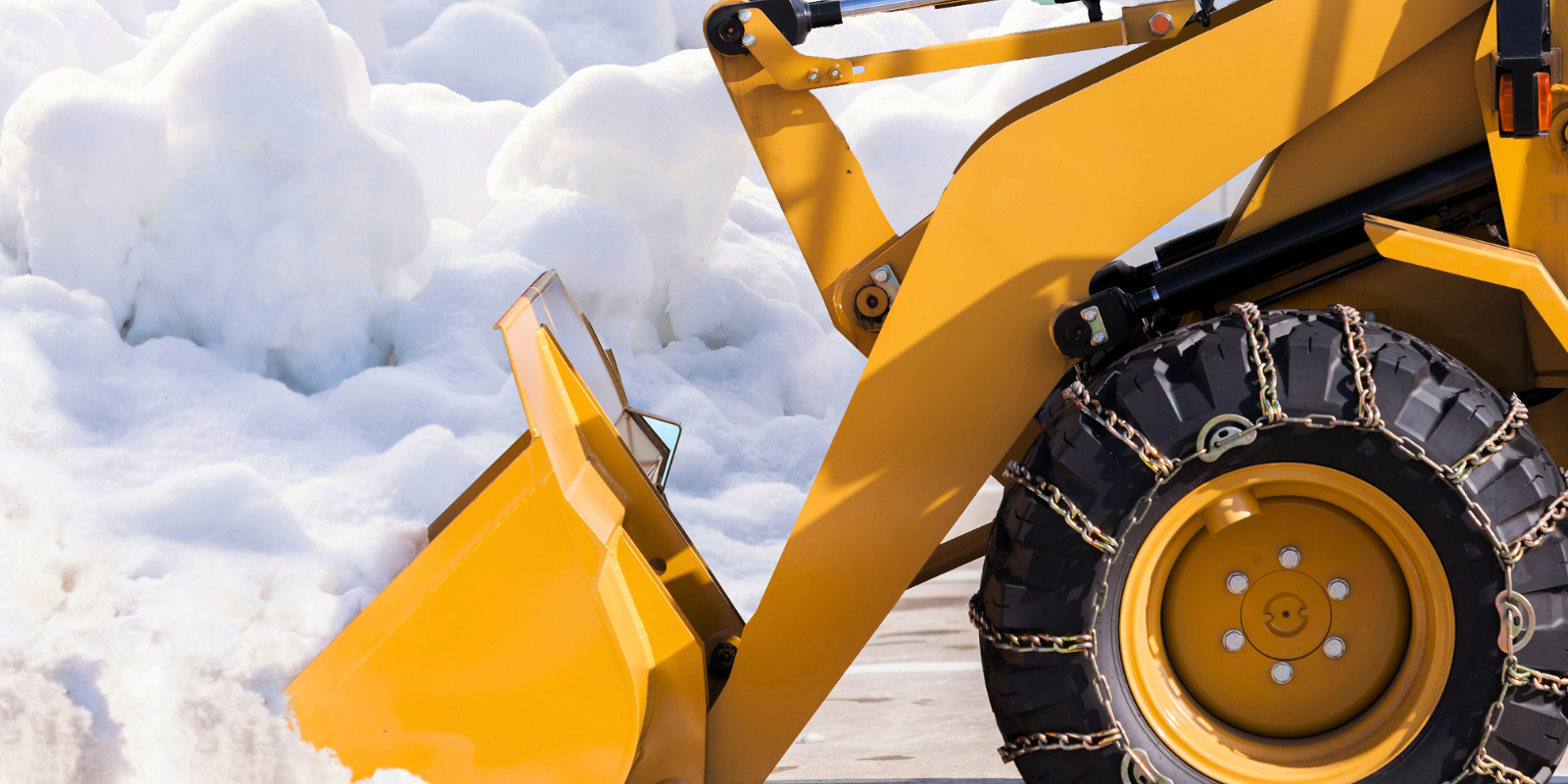
As winter sets in and the landscape of Idaho transforms under a blanket of snow and ice, homeowners and landscapers face the annual challenge of managing these elements. While snow and ice can create a picturesque winter wonderland, they also pose risks to both safety and the environment. Traditional methods of snow and ice management, such as chemical deicers and heavy plowing, can have detrimental effects on your landscape and the broader environment. This is where eco-friendly snow and ice management comes into play, offering effective solutions that protect both your property and the planet.
The Impact of Traditional Snow and Ice Removal Methods
Traditional methods of managing snow and ice often involve the use of chemicals like rock salt (sodium chloride), which can be harmful to plants, soil, water sources, and pets. Overuse of these chemicals leads to salt accumulation in the soil, which can inhibit plant growth and lead to soil compaction. Furthermore, when the snow melts, these chemicals can run off into local waterways, negatively impacting aquatic life and water quality. Mechanical removal methods, like heavy plowing, can also cause physical damage to the landscape, tearing up lawns and damaging plant beds.
Eco-Friendly Deicing Solutions
One of the key components of eco-friendly snow and ice management is the use of environmentally safe deicing products. These alternatives to traditional rock salt include products made from calcium magnesium acetate, potassium chloride, or other organic compounds that are less harmful to plants and soil. These eco-friendly deicers work effectively at lower temperatures and are biodegradable, reducing the environmental impact.
Techniques for Minimizing Landscape Damage
In addition to choosing the right deicing products, employing techniques that minimize landscape damage is crucial. Gentle snow removal practices, such as using a plastic shovel or a snow blower with adjustable heights, can prevent damage to the underlying grass and plants. Strategic piling of snow away from sensitive areas of the landscape can also help reduce plant damage and soil compaction.
Preparing Plants and Lawns for Winter
Proper preparation of your landscape for winter can significantly reduce the damage caused by snow and ice. This includes mulching plant beds to provide insulation, wrapping delicate shrubs and trees, and ensuring that lawns are healthy and robust before the onset of winter. A well-prepared landscape is more resilient to the stress of winter conditions.
The Benefits of Eco-Friendly Practices
Adopting eco-friendly snow and ice management practices has numerous benefits. It not only protects your landscape from chemical and physical damage but also contributes to the health of the local ecosystem. By reducing the use of harmful chemicals and employing gentle removal techniques, you play a part in protecting local waterways, wildlife, and the overall environment.
Managing snow and ice in an eco-friendly manner is essential for maintaining a healthy and beautiful landscape throughout the winter months in Idaho. By understanding the impact of traditional methods and embracing eco-friendly alternatives, homeowners and landscapers can effectively manage winter conditions while minimizing harm to the environment. Eco-friendly snow and ice management is not just a choice; it’s a responsibility to our landscapes and the planet we call home.
